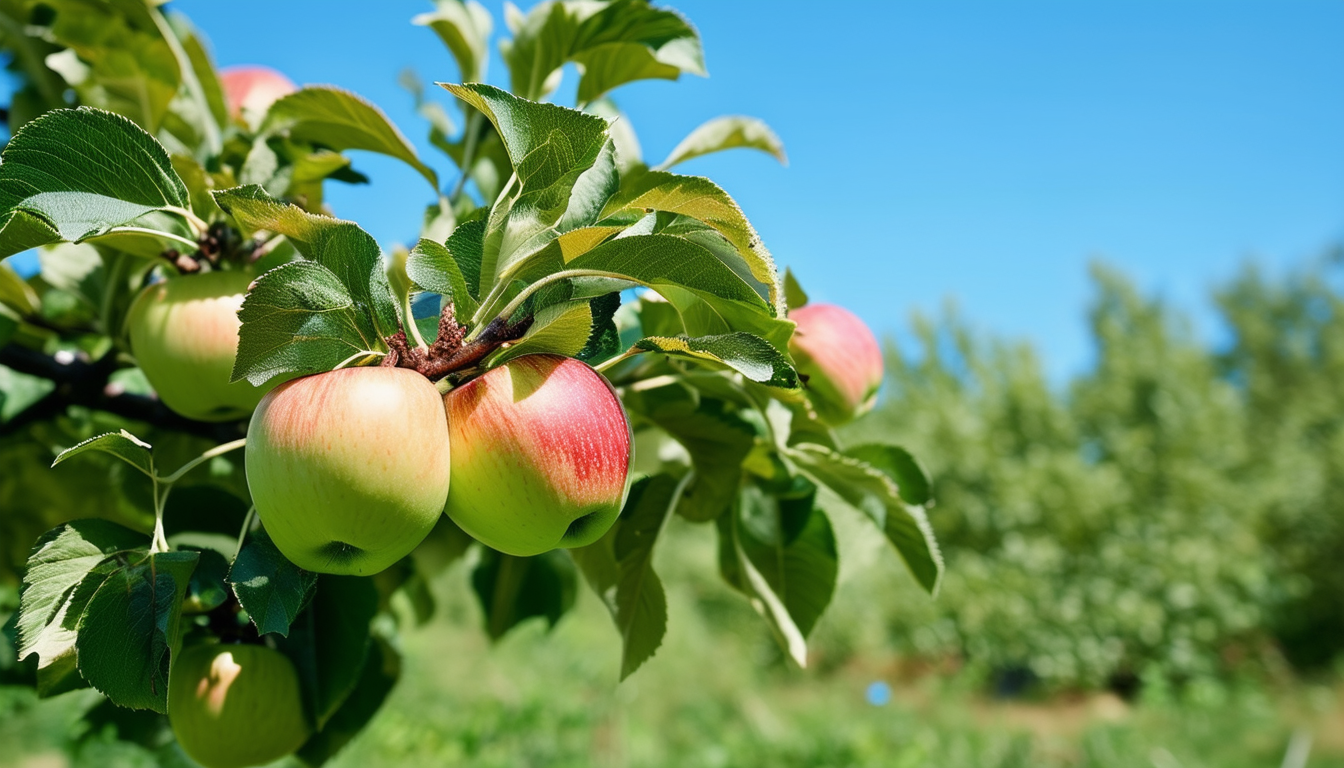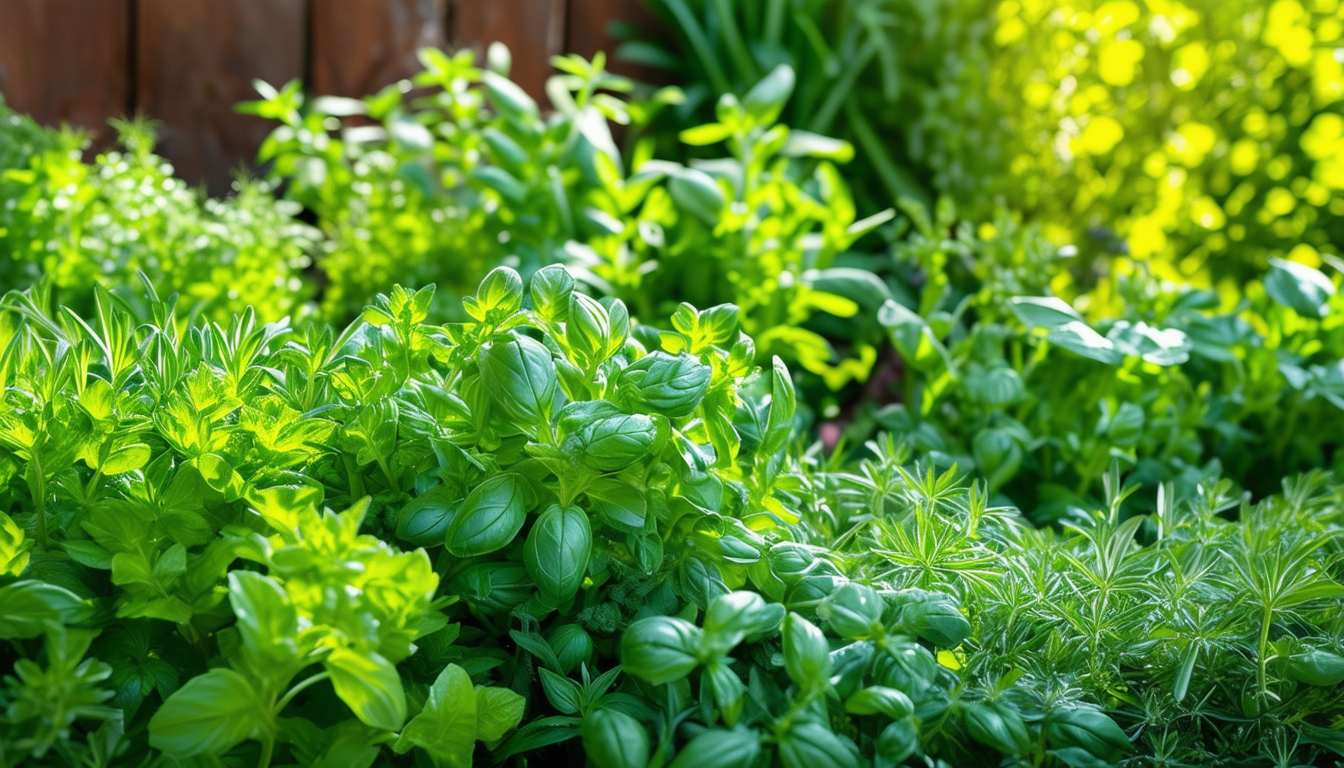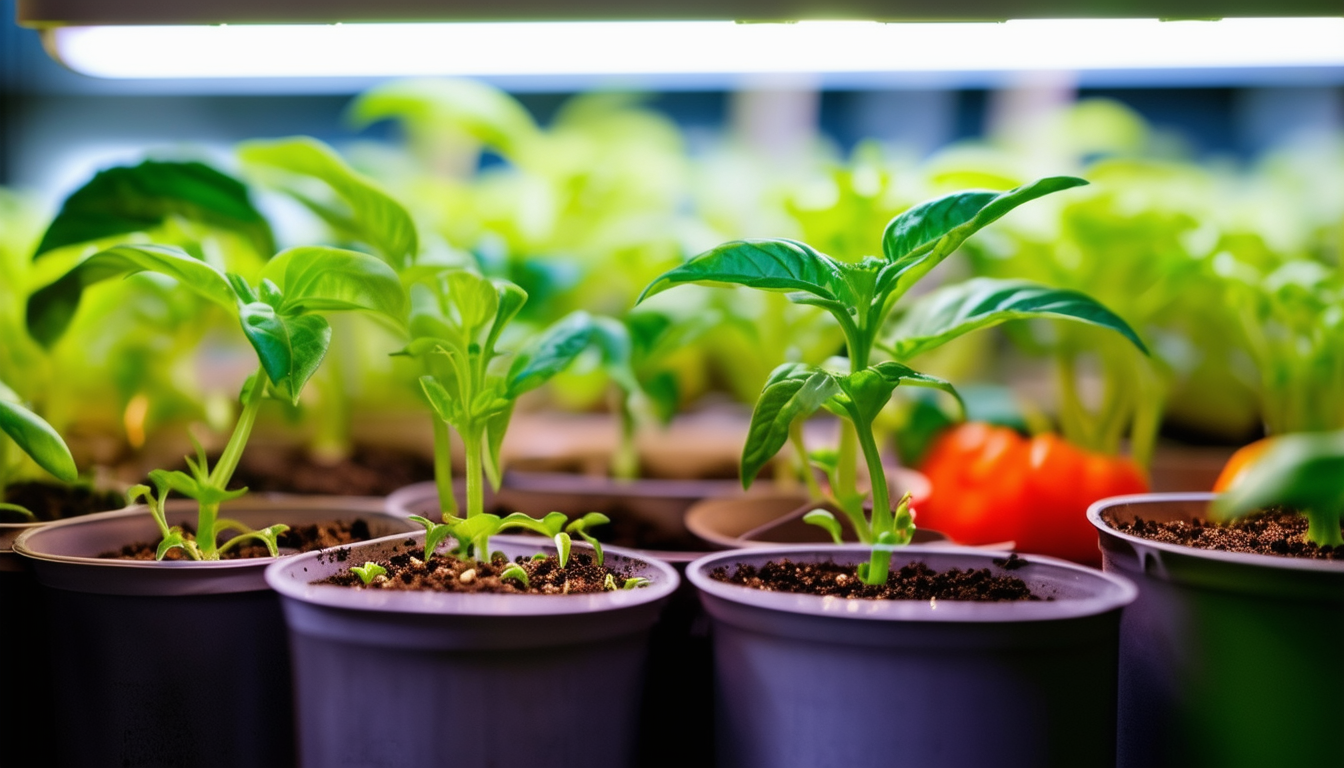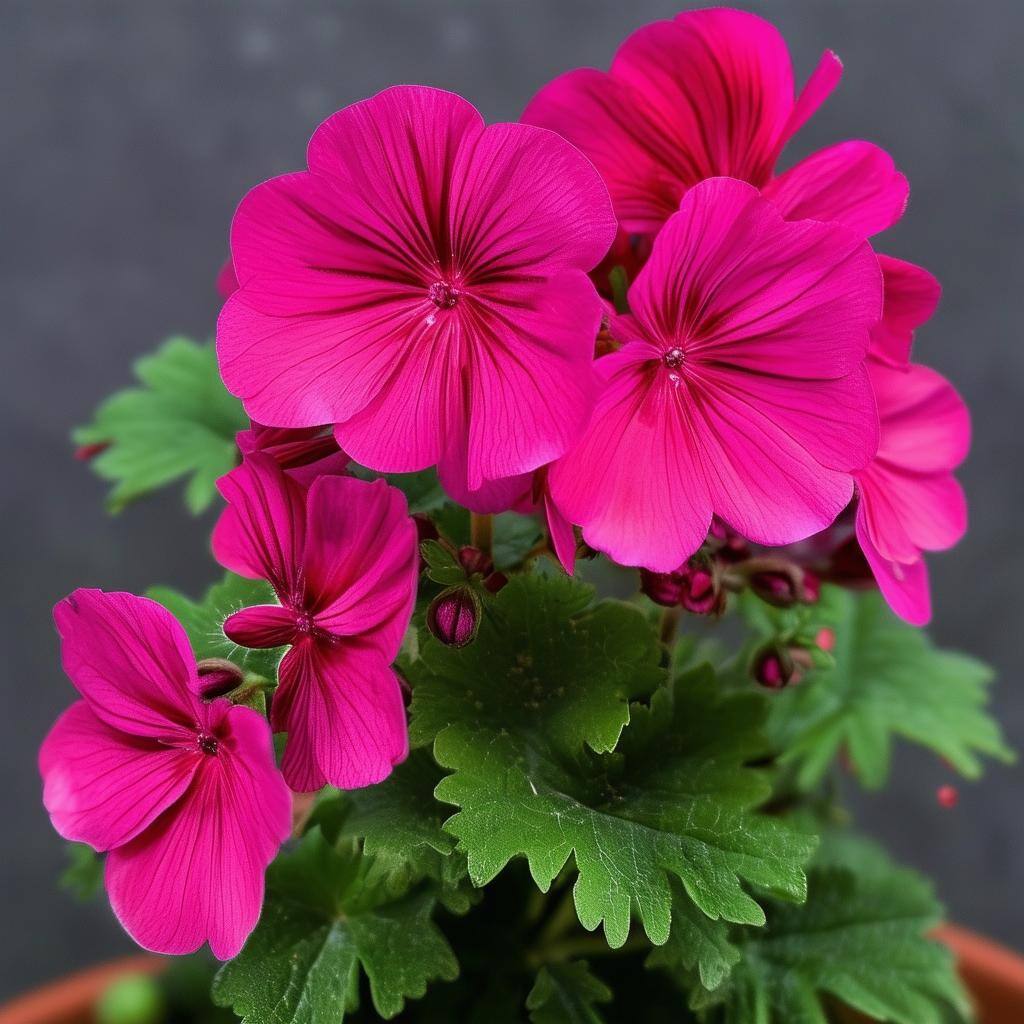
Transform your garden with the magic of apple trees grown from bare roots, and enjoy the fruits of your labor for years to come!
Understanding Bare Root Apple Trees: What You Need to Know
Bare root apple trees are young trees that are sold without soil around their roots. They are typically dormant when you purchase them, making them easier to handle and plant. These trees are a cost-effective option and can establish quickly in your garden.
When choosing bare root apple trees, ensure they have healthy, moist roots and no signs of disease or damage. Planting them soon after purchase is crucial for their survival and growth.
Choosing the Right Location and Preparing Your Soil
Selecting the right location for your apple trees is essential. They thrive in full sun, which means at least six hours of direct sunlight per day. Ensure the spot has good air circulation to prevent fungal diseases.
Prepare your soil by digging a hole twice the width of the root system and just deep enough to accommodate the roots without bending them. Amend the soil with compost to improve its fertility and drainage.
5 Step Guide to Planting Bare Root Apple Trees
1. **Soak the Roots**: Before planting, soak the roots in water for 1-2 hours to rehydrate them.
2. **Dig the Hole**: Dig a hole wide enough to spread out the roots comfortably.
3. **Position the Tree**: Place the tree in the hole, ensuring the graft union (the swollen area where the tree was grafted onto rootstock) is above the soil level.
4. **Backfill and Water**: Fill the hole with soil and water thoroughly to settle the soil around the roots.
5. **Mulch**: Apply a layer of mulch around the base of the tree, leaving space around the trunk to prevent rot.
Caring for Your Newly Planted Apple Trees
Water your newly planted apple trees regularly, especially during dry periods. Deep watering encourages deep root growth.
Prune the trees in late winter to remove dead or damaged branches and to shape them. Fertilize in early spring with a balanced fertilizer to promote healthy growth.
Common Challenges and How to Overcome Them
Apple trees can face several challenges, including poor soil conditions, pests, and diseases. Ensuring proper soil preparation and regular care can mitigate many of these issues.
If you notice signs of disease or pest infestation, address them promptly with appropriate treatments. Regular monitoring and maintenance are key to keeping your trees healthy.
Common Pest & Diseases
Apple trees are susceptible to pests such as aphids, codling moths, and apple maggots. Regularly inspect your trees and use organic or chemical treatments as needed.
Diseases like apple scab, powdery mildew, and fire blight can also affect apple trees. Proper spacing, pruning, and fungicide applications can help manage these issues.
Why Bare-root is so Cost Effective
Bare root trees are generally less expensive than potted trees because they are easier to ship and store. They also have a higher success rate of establishment as they adapt quickly to their new environment.
Planting bare root trees in the dormant season reduces transplant shock, leading to stronger and healthier growth.
Height, Spread & Flowering Time of Apple Trees
Apple trees can vary in height and spread depending on the variety and rootstock. Dwarf varieties typically reach 8-10 feet, while standard trees can grow up to 20-30 feet.
Most apple trees flower in spring, with fruit maturing in late summer to early fall. Proper care and maintenance will ensure a bountiful harvest.
Best varieties of Apple Trees to Grow
Some popular apple tree varieties include 'Honeycrisp', 'Granny Smith', 'Fuji', and 'Gala'. Each variety has its unique flavor, texture, and growing requirements.
Consider your local climate and soil conditions when choosing the best varieties for your garden.
FAQ
What is the best month to plant apple trees? - The best time to plant apple trees is in early spring or late fall when the trees are dormant.
Can you grow apple rootstock from cuttings? - Yes, apple rootstock can be propagated from cuttings, but it's more commonly done through grafting.
What is the best time to plant bare root trees? - Late winter to early spring is ideal for planting bare root trees.
When should you plant apple trees in the US? - In most regions, early spring or late fall are the best times to plant apple trees.
Is it better to plant bare root? - Bare root planting has several advantages, including cost-effectiveness and quicker establishment.
What are disadvantages of using bare root? - Bare root trees need to be planted quickly to prevent root desiccation and may require more initial care.
What is the best tool for planting bare root trees? - A spade or shovel works best for digging the planting hole.
Which way up do you plant bare root? - Ensure the graft union is above the soil level and the roots spread out in the hole.
What is an example of a bare root tree? - Apple, cherry, and pear trees are commonly available as bare root.
What can you do with bare root? - Plant them immediately and ensure proper care to establish them in your garden.
Is bare root the same as own root? - No, bare root refers to the method of selling plants without soil, while own root refers to plants grown on their root system without grafting.
What is the best soil for apple trees? - Well-draining loamy soil with a pH between 6.0 and 7.0 is ideal.
How to start apple trees? - Start by selecting a healthy bare root tree, planting it in a suitable location, and providing proper care.
How to prune an apple tree? - Prune in late winter to shape the tree and remove any dead or diseased wood.
Where is the best place to plant an apple tree? - A sunny location with well-draining soil and good air circulation.
Can you start an apple tree from an apple? - While you can grow an apple tree from a seed, it's more reliable to start from a grafted tree for consistent fruit quality.
How long do apple cuttings take to root? - Apple cuttings can take several weeks to a few months to root, depending on conditions.
What is the fastest growing apple rootstock? - 'M26' is a popular rootstock known for its vigorous growth.
How to prepare root stock? - Soak the roots before planting and ensure they are healthy and moist.
What is the easiest apple tree to grow? - 'Honeycrisp' and 'Gala' are known for their ease of growth and maintenance.
What is apple's best rootstock? - 'M9' and 'M27' are commonly used for their dwarfing characteristics and disease resistance.
What is the most common rootstock for apple trees? - 'M9' is widely used due to its compatibility with various apple varieties.
How do I start bare root? - Begin by soaking the roots, preparing the soil, and planting the tree as soon as possible.
What is the advantage of bare root? - Cost-effectiveness, ease of handling, and quicker establishment in the garden.
How do you propagate bare root? - Typically through grafting or budding techniques.



